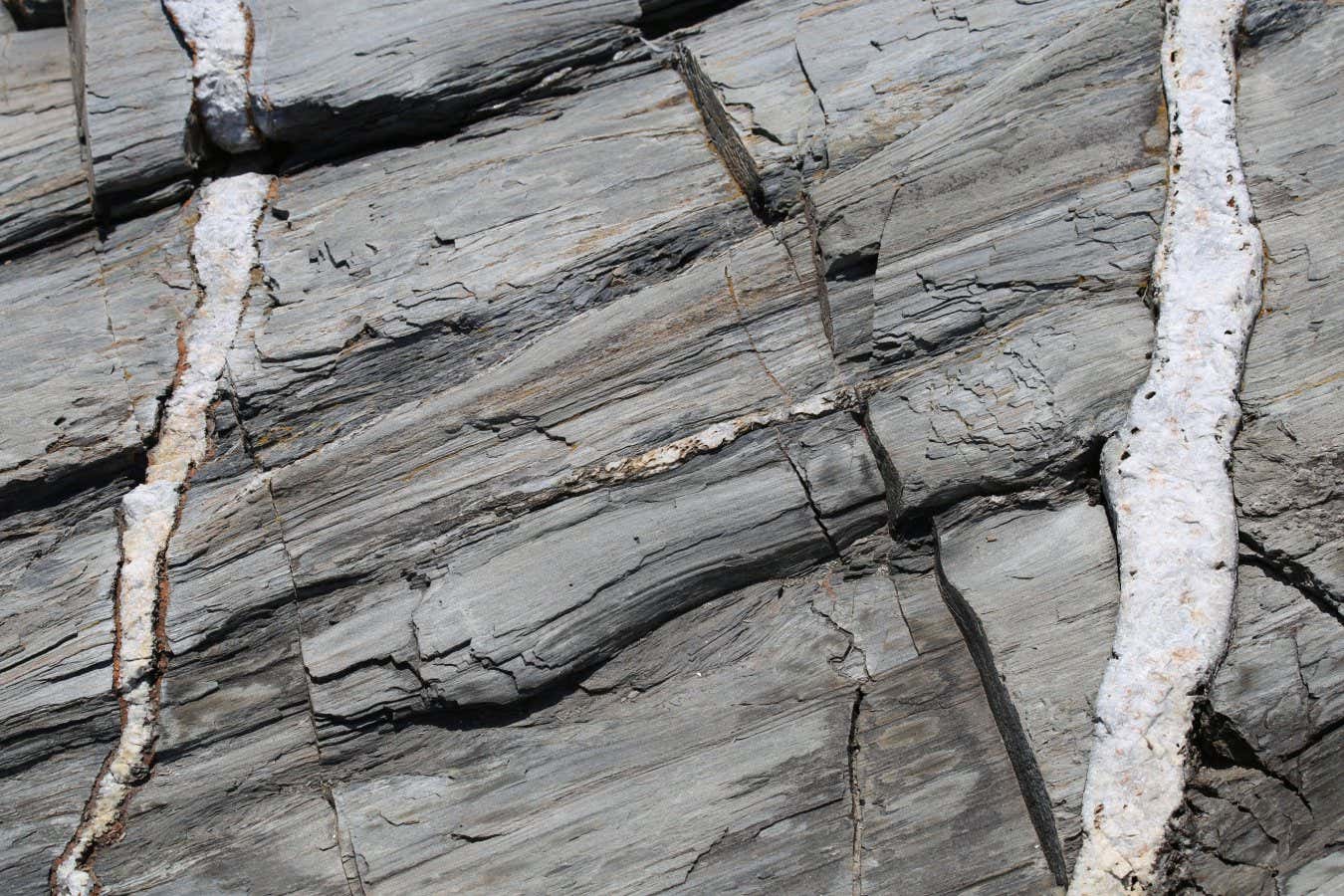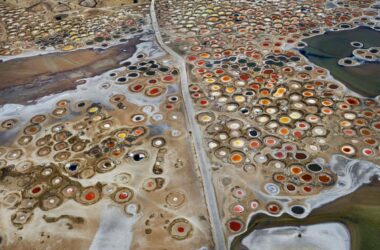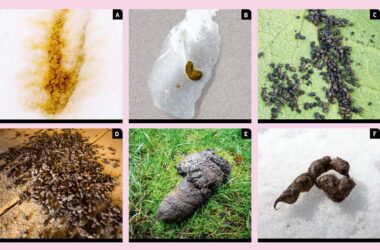
Richard Berube / Alamy Stock Photo
Earthquakes and other geological processes may have played a role in the production of oxygen, which shaped the evolution of early organisms on Earth.
Currently, oxygen makes up about a fifth of Earth’s atmosphere, mostly produced by plants and microbes. However, it wasn’t always this way. Oxygen levels were very low until the Great Oxidation Event around 2.4 to 2.3 billion years ago when oxygen-releasing microbes rapidly spread.
The presence of antioxidant enzymes across various organisms suggests that a common ancestor existed before the Great Oxidation Event and was exposed to some level of oxygen.
Researchers led by Mark Thiemens at the University of California, San Diego, ground up quartz rock and exposed it to water under conditions similar to early Earth. Quartz was chosen because it is a common and simple silicate mineral.
They discovered that broken quartz crystals can react with water to produce molecular oxygen and other reactive oxygen species, such as hydrogen peroxide. These molecules, known as free radicals, are capable of damaging DNA and cell components, but they are also important for early evolution, according to Timothy Lyons at the University of California, Riverside.
“Life was able to develop enzymatic capabilities to deal with the harmful effects of these species,” Lyons explains.
In nature, quartz and other silicate minerals could undergo similar processes through earthquakes, erosion, or moving ice. These processes could generate the same oxygen molecules when interacting with water. The researchers estimate that seismic processes alone could have produced 100 billion times more hydrogen peroxide than atmospheric reactions, which suggests another possible source of abiotic oxygen.
Organisms may have adapted to this seismic source of oxygen, which would have helped them survive the drastic change in Earth’s chemistry during the Great Oxidation Event, hundreds of millions of years later, according to Lyons.
The researchers also suggest that similar geological processes occurring on other planets, such as sandstorms on Mars or tidal fluctuations on Saturn’s moon Enceladus, could result in the production of oxygen. This could be a crucial factor in detecting life on these celestial bodies.
Article amended on 22 March 2023
We corrected the type of rock portrayed in the photo
Topics:
Insights:
– Oxygen on Earth was initially present in low levels until the Great Oxidation Event, which occurred around 2.4 to 2.3 billion years ago.
– The presence of antioxidant enzymes across different organisms suggests exposure to some level of oxygen before the Great Oxidation Event.
– Quartz, a common and simple silicate mineral, can react with water to produce molecular oxygen and other reactive oxygen species when ground up.
– Seismic processes and other geological activities could have generated significant amounts of abiotic oxygen through the interaction of quartz and water.
– Organisms may have adapted to this seismic source of oxygen, which could have aided their survival during the Great Oxidation Event.
– Similar geological processes on other planets could also result in the production of oxygen, which could be crucial for detecting life on these celestial bodies.








